The Hagerman Valley Historical Museum is a small (1,200 square foot) museum in Hagerman, Idaho. One of the exhibits in this museum is Indian Arts of the West.
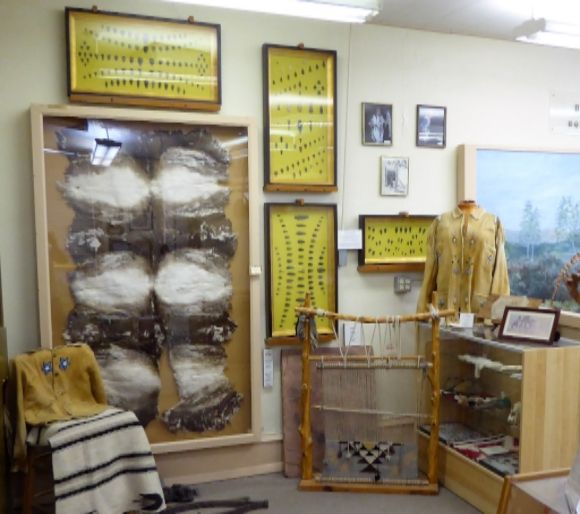
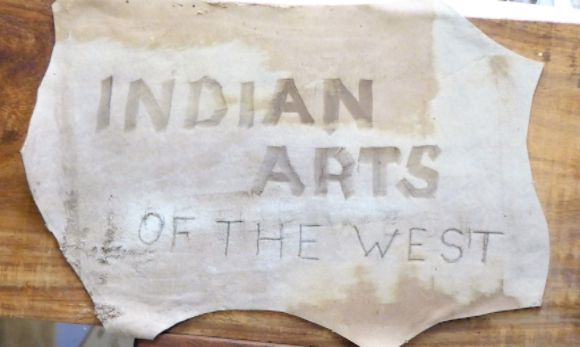
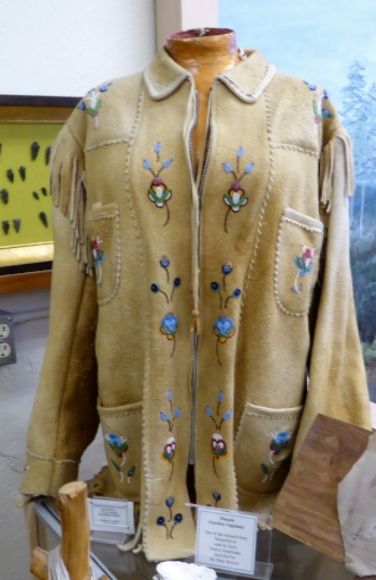
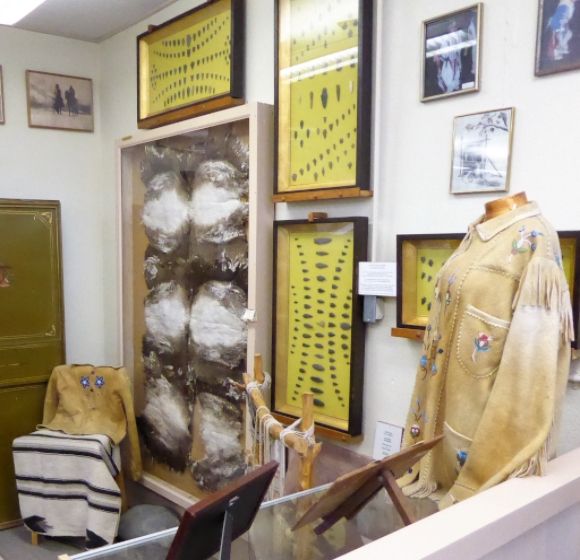
 Arrowhead collections, such as the one shown above, are common in small museums. While they are interesting, from an archaeological perspective they tell us little about the past.
Arrowhead collections, such as the one shown above, are common in small museums. While they are interesting, from an archaeological perspective they tell us little about the past. 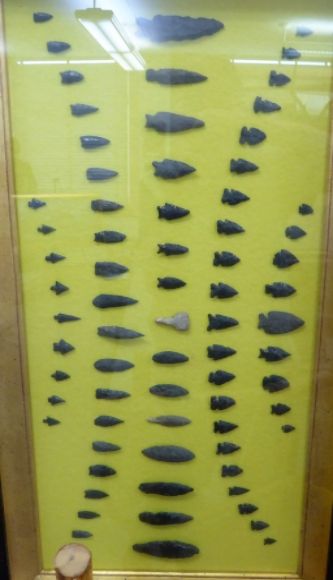 Another arrowhead collection. Some of the points in this collection are spearpoints rather than arrowheads. Most of the arrowheads in this collection were found in the 1920s and 1930s on the David Bliss Ranch six miles from Hagerman.
Another arrowhead collection. Some of the points in this collection are spearpoints rather than arrowheads. Most of the arrowheads in this collection were found in the 1920s and 1930s on the David Bliss Ranch six miles from Hagerman.  Another arrowhead collection.
Another arrowhead collection. 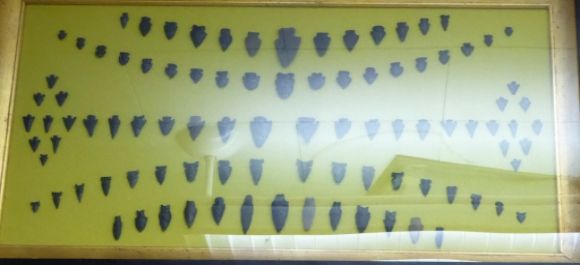 Another arrowhead collection.
Another arrowhead collection. 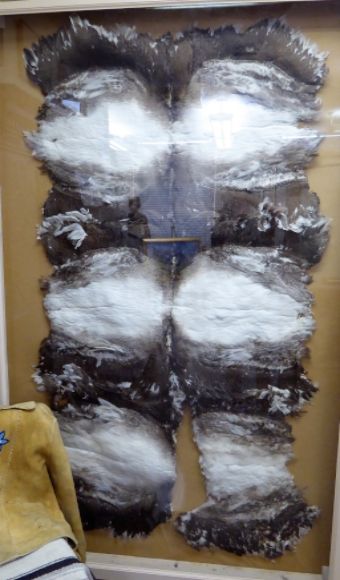 Shown above is a Sioux ceremonial robe from about 1840.
Shown above is a Sioux ceremonial robe from about 1840. 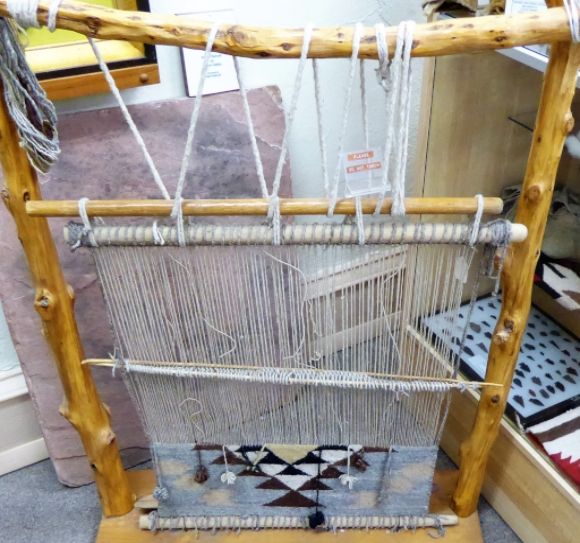 The loom shown above is typical of the Southwestern Indians, particularly the Navajo.
The loom shown above is typical of the Southwestern Indians, particularly the Navajo. 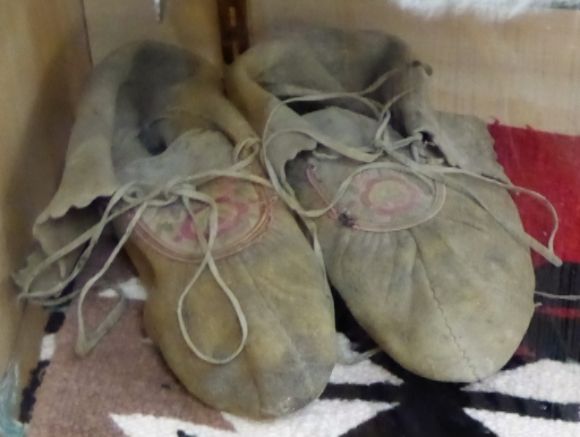
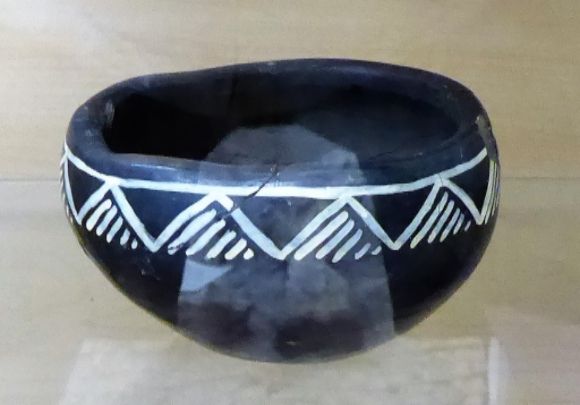
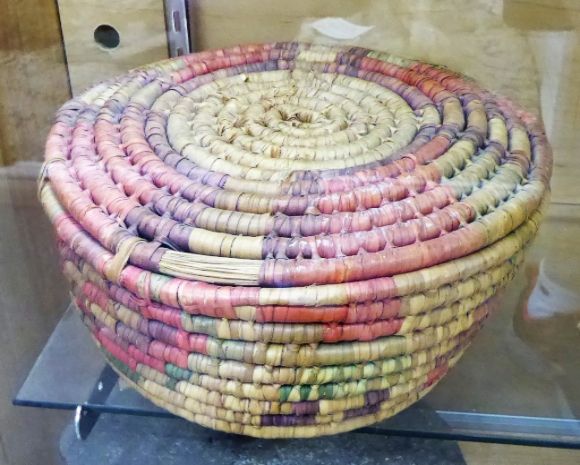
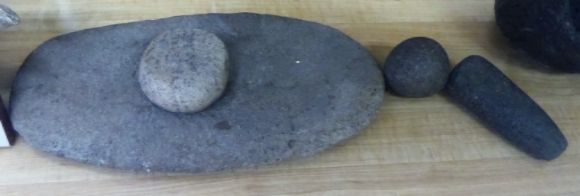
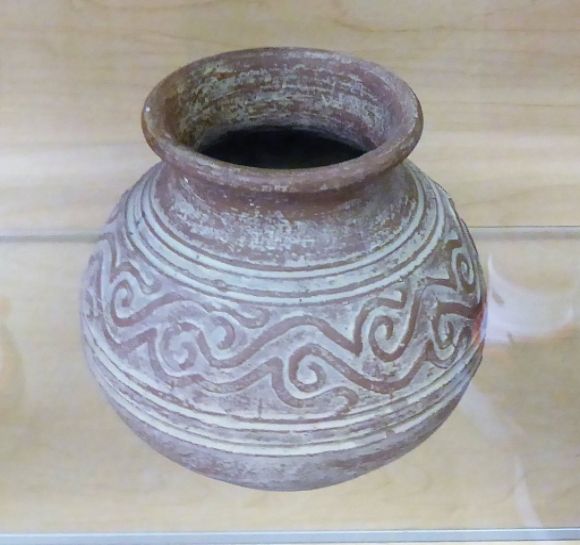

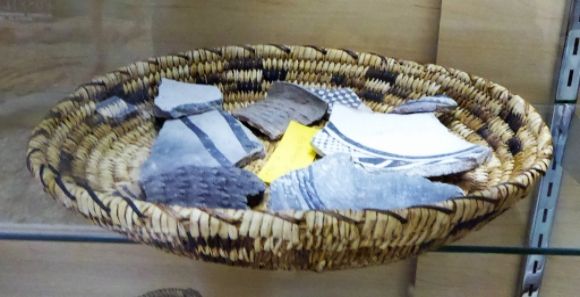
The Crutchfield Garden Excavation
The Crutchfield Garden site (10-GG-191) is on Billingsley Creek, in Hagerman Valley. The archaeological excavation of the site showed that this was an Indian camp site which had been used six times between 5400 BCE and 1250 CE. During each of these six periods of habitation, Indian people left behind an assemblage of stone tools, food remains, and living features.
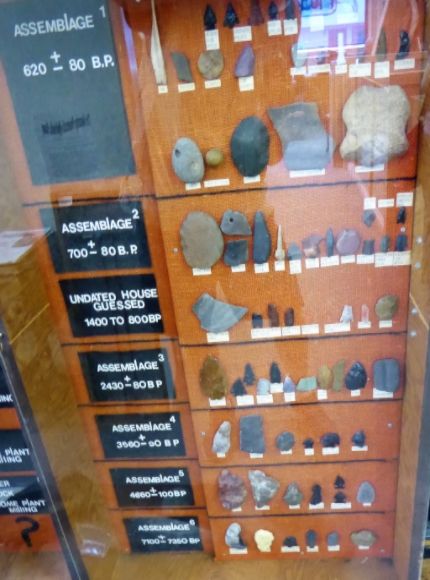 This display of stone artifacts shows some of the artifacts from the six occupation levels.
This display of stone artifacts shows some of the artifacts from the six occupation levels.
Occupation of the site began about 5400 BCE and the Archaic hunting and gathering people left behind only a few tools.
The second occupation began about 2600 BCE and during this period, Indian people constructed at least one house. People at this time were hunting ducks and mule deer.
During the third occupation, which began about 1500 BCE, Indian people lived at the site during the fall and winter. They were hunting deer using atlatls.
In the fourth occupation, which began about 380 BCE, used the site during the spring and summer. Their food included beaver, rabbit, bison, deer, duck, and seeds.
In the fifth occupation, which began about 1250 CE, Indian people were using the bow and arrow. They occupied the site during the spring and summer.
About 1330 CE, the sixth occupation began. At this time, Indians lived in small huts at the site during the spring and summer.
Shown below are the details of some of the artifacts from this site.
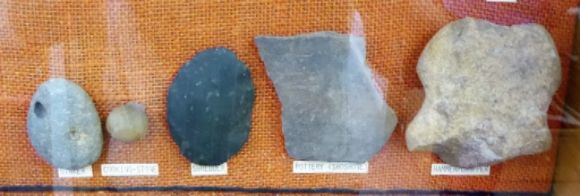
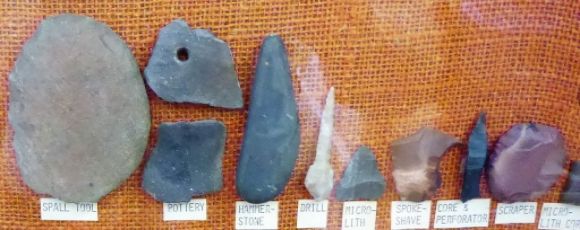
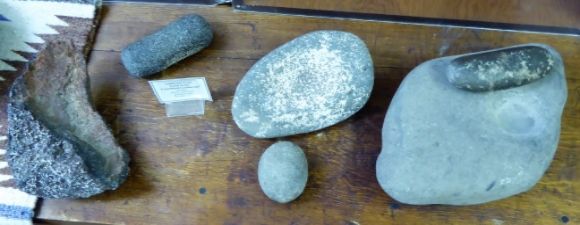
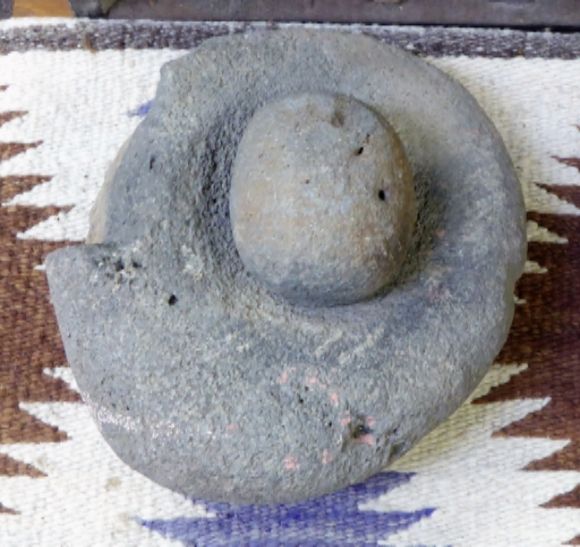
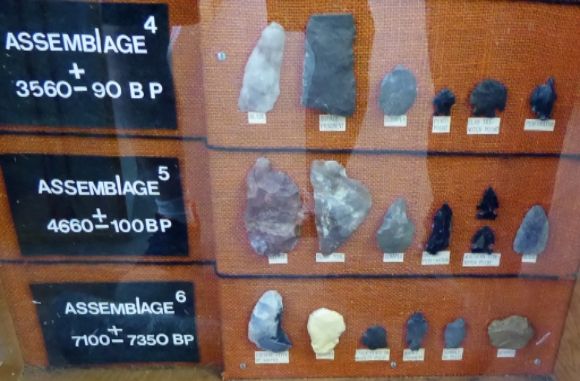
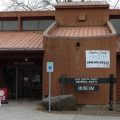
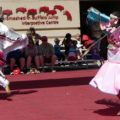
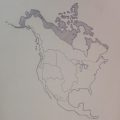
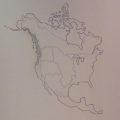
Leave a Reply